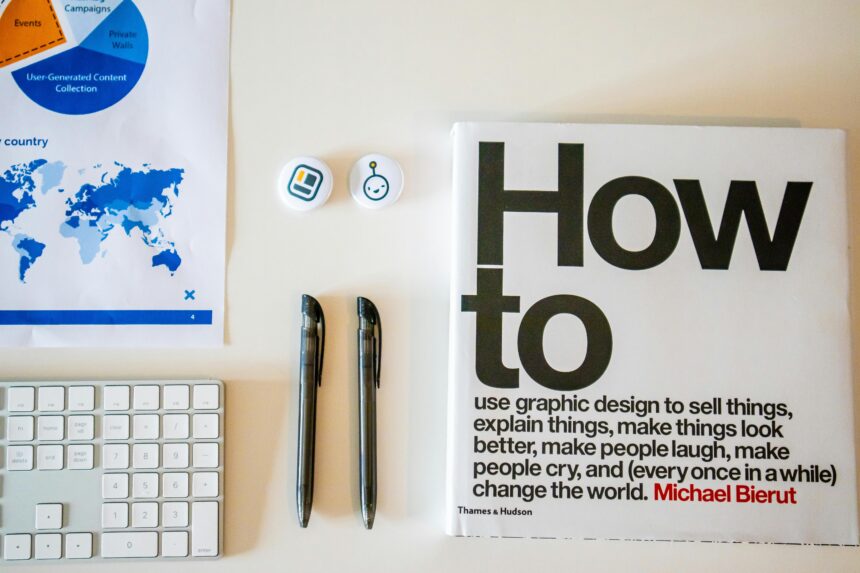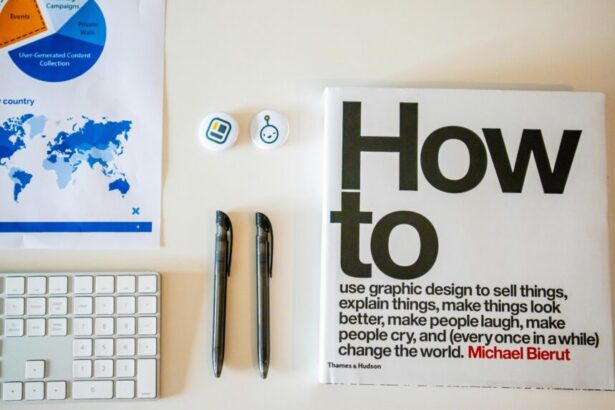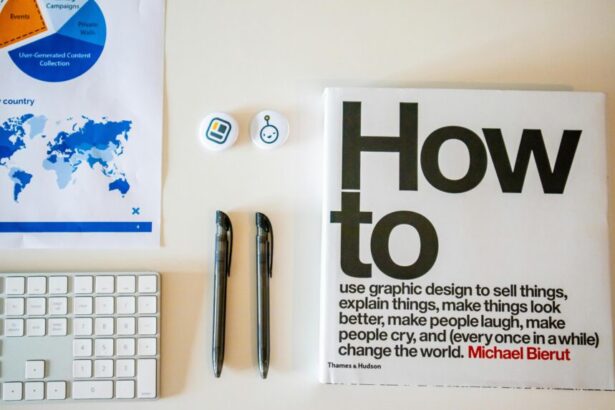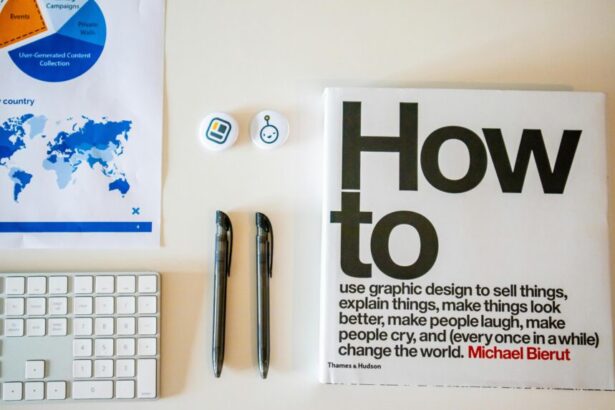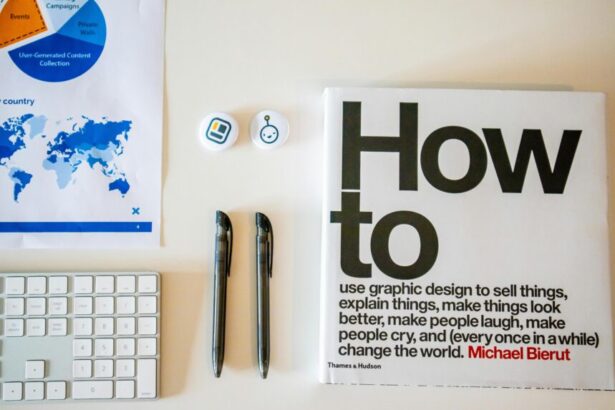How to Build a Successful SaaS Product: A Step-by-Step Guide
As a seasoned technology consultant with over 15 years in the SaaS industry, I’ve guided dozens of startups from concept to multimillion-dollar exits. Building a successful SaaS product isn’t just about coding—it’s a blend of market insight, agile development, and relentless iteration. According to Statista, the global SaaS market is projected to reach $623 billion by 2023, growing at a CAGR of 18.1%. Yet, only 20% of SaaS ventures succeed long-term, per CB Insights. This guide demystifies the process with step-by-step strategies, real examples, and actionable advice to help you navigate the **how to build a successful SaaS product** journey.
- Step 1: Validate Your Idea and Understand Market Needs
- Step 2: Define Your Minimum Viable Product (MVP)
- Step 3: Choose the Right Technology Stack
- Step 4: Build, Test, and Iterate
- Step 5: Launch, Market, and Acquire Users
- Step 6: Scale and Optimize for Growth
- SaaS Product Launch Checklist
- Frequently Asked Questions (FAQs)
Step 1: Validate Your Idea and Understand Market Needs
The foundation of any thriving SaaS lies in solving a real pain point. Start by conducting thorough market research. Use tools like Google Trends, SurveyMonkey, or Ahrefs to gauge demand. Interview potential users—aim for at least 50 conversations—to uncover unmet needs.
Real example: Slack began as an internal tool for Tiny Speck’s game development. Founders validated the idea by observing team communication frustrations, leading to a pivot that birthed a $27 billion company (as of 2021 acquisition by Salesforce). Data from Gartner shows that 42% of startups fail due to no market need, so validation is non-negotiable.
- Identify your target audience: Define personas based on demographics, behaviors, and pain points.
- Analyze competitors: Tools like SimilarWeb reveal traffic and features of rivals like Zoom or Dropbox.
- Test assumptions: Create a landing page with Unbounce and run Google Ads to measure interest. Aim for a 5-10% conversion rate as a green light.
By validating early, you mitigate risks and ensure your **SaaS product development strategies** align with user demands.
Step 2: Define Your Minimum Viable Product (MVP)
An MVP focuses on core features that deliver value without overbuilding. Follow the Lean Startup methodology: Build-Measure-Learn. Prioritize using the MoSCoW method (Must-have, Should-have, Could-have, Won’t-have).
Example: Airbnb’s MVP was a simple website listing air mattresses during a conference, validating demand before expanding to global bookings. Today, it serves 150 million users annually, per company reports.
Key strategies:
- Map user journeys: Sketch wireframes with Figma to visualize the **steps to build a SaaS MVP**.
- Select essential features: For a project management SaaS, include task creation and collaboration, but delay integrations.
- Set success metrics: Track user engagement with tools like Mixpanel; aim for 40% retention in the first week, as per industry benchmarks from Amplitude.
This approach reduces time-to-market by 30-50%, according to McKinsey insights on agile development.
Step 3: Choose the Right Technology Stack
Your tech stack must scale with growth while keeping costs low. For frontend, React is ideal for dynamic UIs—learn how to use React Hooks correctly to optimize performance. Backend options like Node.js handle asynchronous tasks efficiently; explore handling asynchronous operations in Node.js for robust APIs.
Database choice is critical: PostgreSQL offers advanced indexing for complex queries—check how to index PostgreSQL tables for speed. For high-traffic apps, tune PHP-FPM if using Laravel, as detailed in performance guides.
- Frontend: React/Vue for responsiveness.
- Backend: Node.js or Python (Django/Flask) for rapid prototyping.
- Database: PostgreSQL or MySQL; the latter benefits from proper indexing to cut query times by 90%, per Percona studies.
- Cloud: AWS or Heroku for easy scaling; SaaS giants like Netflix use AWS for 200 million streams daily.
- DevOps: CI/CD with GitHub Actions to automate deployments.
Align your stack with team expertise—mismatched tech leads to 25% higher failure rates, says Stack Overflow’s developer survey.
Step 4: Build, Test, and Iterate
Adopt agile methodologies with sprints of 2-4 weeks. Use Jira or Trello for tracking. Write clean code, implement unit tests with Jest (for JS) aiming for 80% coverage.
Real example: Dropbox used a demo video as a pre-MVP test, gaining 75,000 sign-ups overnight. Post-launch, they iterated based on beta feedback, growing to 700 million users.
Strategies for iteration:
- Prototype quickly: Use no-code tools like Bubble for initial builds.
- Security first: Integrate OAuth and encrypt data; breaches cost SaaS firms $4.45 million on average (IBM data).
- Gather feedback: Net Promoter Score (NPS) surveys post-onboarding; target 50+ for success.
Iterate weekly—Harvard Business Review notes that agile teams deliver 200% faster.
Step 5: Launch, Market, and Acquire Users
A great product needs visibility. Launch on Product Hunt for exposure; top products gain 10,000+ sign-ups in days.
Marketing playbook:
- Content marketing: Blog on **SaaS growth hacking tips** to drive SEO traffic—HubSpot grew via inbound, hitting $1.7 billion ARR.
- Paid acquisition: LinkedIn Ads for B2B; expect $5-10 CAC (customer acquisition cost), per SaaS metrics from ProfitWell.
- Freemium model: Offer free tiers to convert 5-10% to paid, as Buffer did, reaching 4 million users.
- Partnerships: Integrate with tools like Zapier for ecosystem growth.
Track LTV:CAC ratio—aim for 3:1. Post-launch, A/B test pricing; Stripe reports dynamic pricing boosts revenue by 20%.
Step 6: Scale and Optimize for Growth
Scaling involves monitoring and optimizing. Use New Relic for performance insights; handle traffic spikes with auto-scaling.
Example: Zoom scaled to 300 million daily users during the pandemic by optimizing infrastructure, per their engineering blogs.
Optimization tips:
- Database tuning: Index queries to reduce latency—MySQL indexing can improve speeds by 100x (Oracle benchmarks).
- Microservices: Transition for modularity; Netflix’s architecture handles 1 billion API calls daily.
- Analytics: Implement churn prediction with ML; reduce churn by 15% via proactive support, says Totango.
SaaS leaders like Salesforce achieve 99.9% uptime through such practices, ensuring reliable **scaling SaaS products**.
SaaS Product Launch Checklist
Before going live, verify this checklist:
- Idea Validation: Conducted 50+ user interviews? Competitor analysis complete?
- MVP Definition: Core features prioritized? Wireframes approved?
- Tech Stack: Security implemented? Tests at 80% coverage?
- Build & Test: Beta users onboarded? Feedback loop established?
- Launch Prep: Landing page live? Marketing channels set?
- Scaling Plan: Monitoring tools integrated? Backup strategies in place?
Use this to streamline your **SaaS product launch checklist** and avoid pitfalls.
Frequently Asked Questions (FAQs)
1. How much does it cost to build a SaaS product?
Costs range from $50,000-$500,000 for an MVP, depending on complexity. Freelancers keep it under $100K, while agencies add 50%. Factor in ongoing cloud fees (~$1,000/month initially).
2. What’s the best pricing model for SaaS?
Freemium or tiered subscriptions work best—80% of successful SaaS use them (per OpenView). Start at $9-29/month per user.
3. How long does it take to build a SaaS MVP?
3-6 months for a small team. Agile cuts this by 30%, focusing on essentials.
4. How do I handle user data privacy in SaaS?
Comply with GDPR/CCPA: Use encryption, consent forms, and audits. Tools like OneTrust automate compliance.
5. What metrics should I track for SaaS success?
MRR (monthly recurring revenue), churn rate (<5%), and activation rate (>60%). Use Baremetrics for dashboards.
In conclusion, building a successful SaaS demands discipline and adaptability. Follow these steps, learn from examples like Slack and Airbnb, and iterate relentlessly. With the market’s explosive growth, your well-executed idea could be the next big thing. Consult with experts early to accelerate your path.


